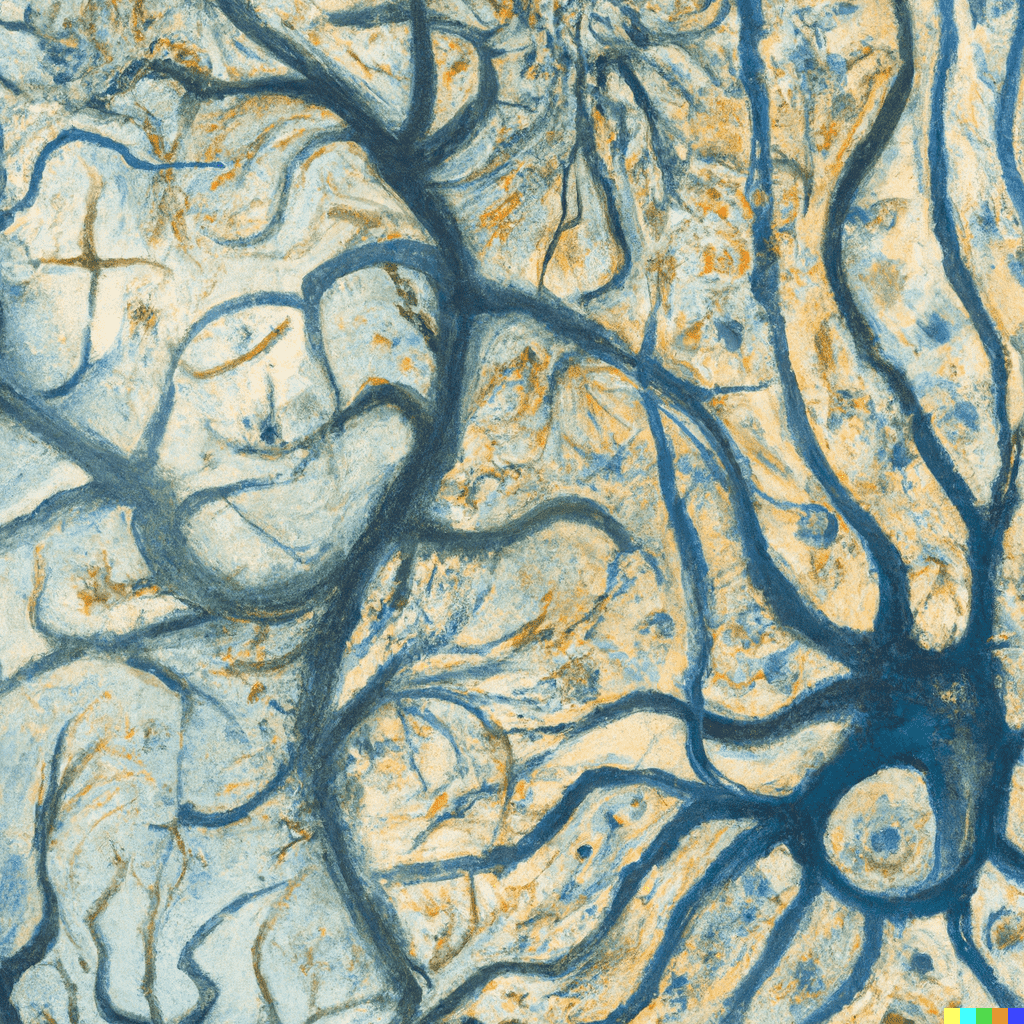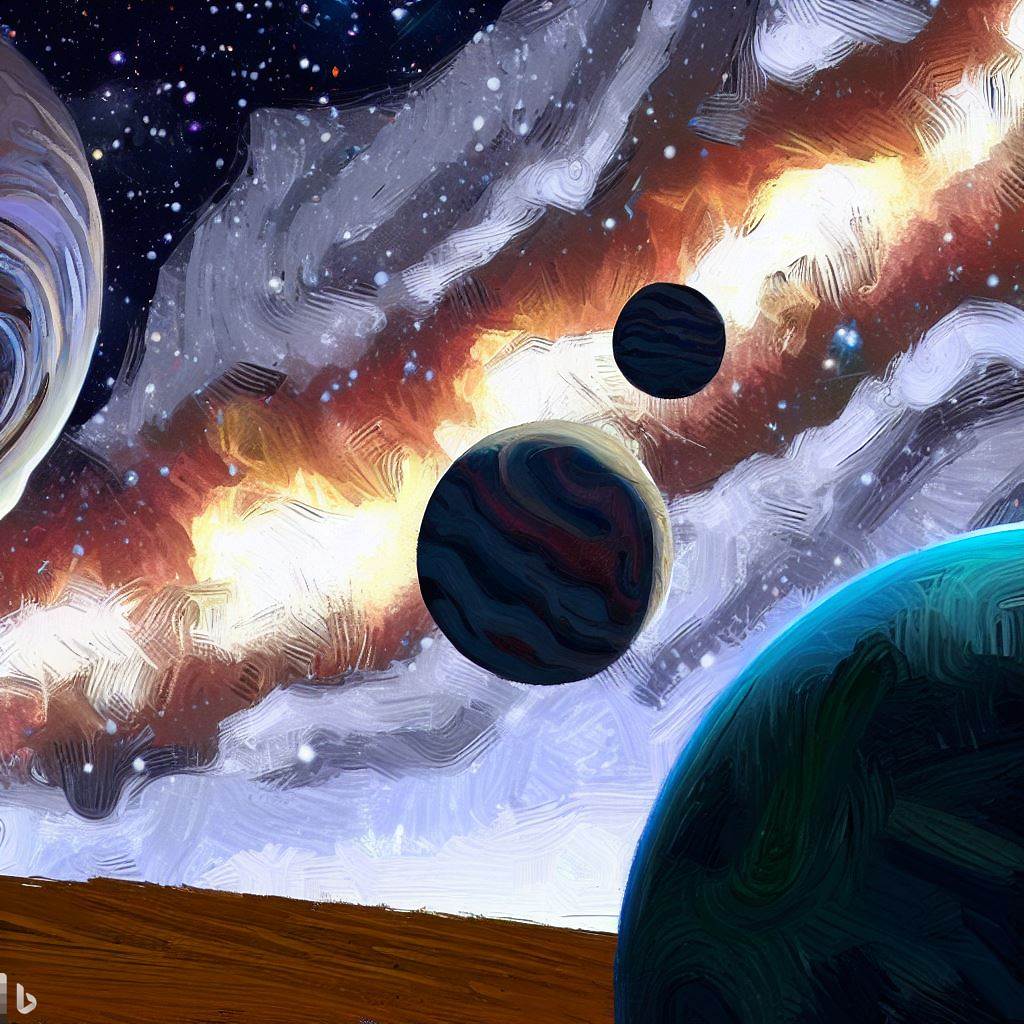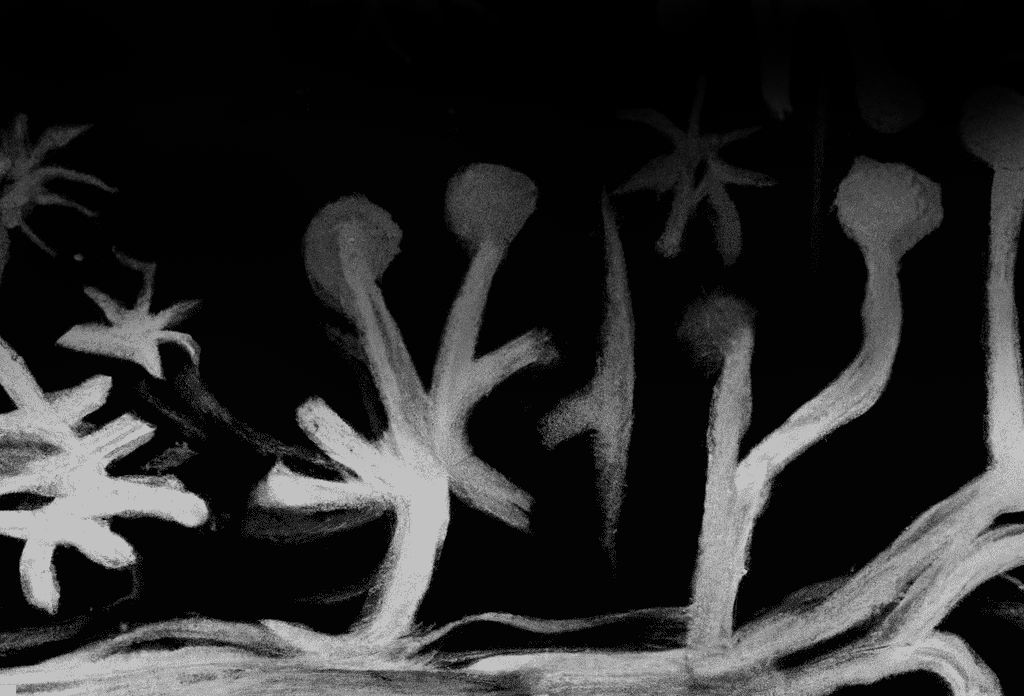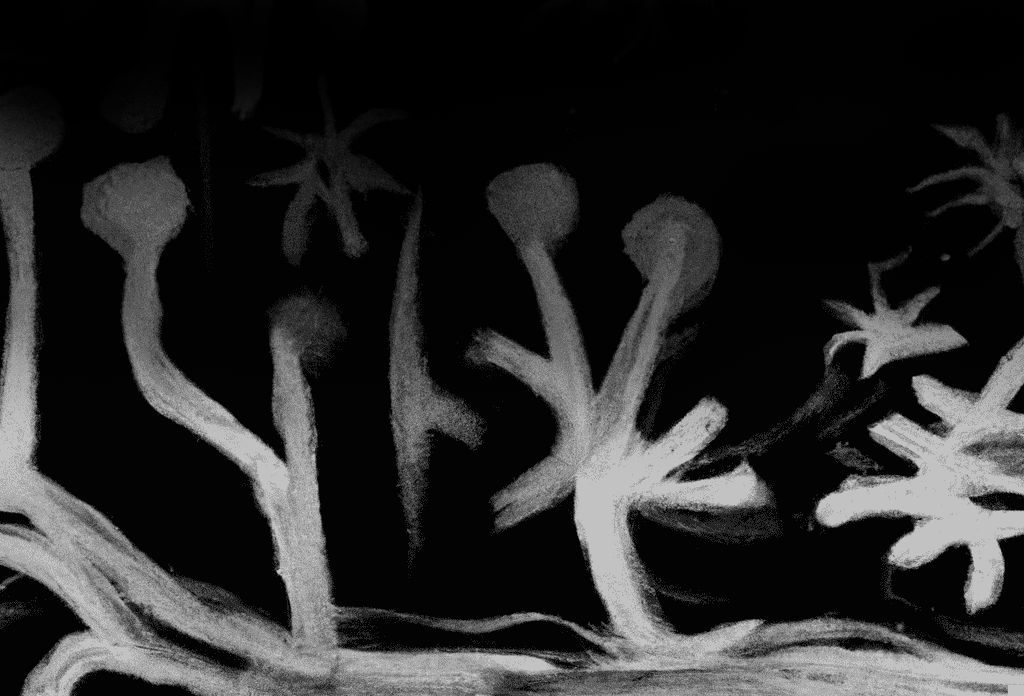Introduction
Venturing on a celestial odyssey that exceeds the boundaries of our familiar night sky, we dive into the world of exoplanets- scientists and astronomers tirelessly endeavour to unravel the mystery surrounding potentially inhabitable planets. This description takes us beyond the boundaries of our solar system, to worlds orbiting distant stars, where circumstances could facilitate the development of life.
Step into the cosmic realm where science fiction meets reality – a place where distant planets meet, each a potential home for life as we know it. In this awe-inspiring voyage, we explore the compelling universe of potential habitable exoplanets, prompting us to confront the timeless query: Are we alone in the cosmos?
Envision this: amidst the vast cosmic expanse, our Earth hangs as a faint, blue orb, floating with the detailed tapestry of life. Now, stretch your imagination to the abyss of darkness that stretches beyond, adorned with uncountable twinkling stars. Among them, exoplanets orbit, akin to concealed treasures yearning to be unveiled. But what makes a planet potentially habitable? The answer resides in a cosmic equilibrium - a region known as the habitable zone.
The Habitable Zone
The habitable zone delicately balances the scales, defining a region around a star where conditions harmonize to perfection. Temperatures avoid extremes: not too scorching to banish oceans in evaporation, nor too frigid to reduce water to lifeless ice. This is the realm where the enchantment unfolds, where the possibility arises for the life-sustaining elixir of liquid water to flow.
Yet, as we gaze into the cosmos, the habitable zone is only the beginning. It's the initial step, a captivating invitation into the realm of possibility that lures us into a deeper exploration of the unknown.
Dedicated explorers, astronomers, and scientists immerse themselves in a symphony of astronomical data, deciphering the mysteries held by exoplanets. Armed with pioneering techniques and potent telescopes, they have unveiled a myriad of exoplanets, each uncovering a distinct narrative that adds to the cosmic tale.
Imagine this endeavor as a cosmic hide-and-seek, a quest where imagination dances with curiosity, and the seekers are driven by both creative spirit and an unwavering desire to illuminate the veiled truths that reside within the cosmos.
Tracing the Cosmic Clues
Diverse Exoplanetary Worlds:
Exoplanetary exploration holds an enchanting allure due to the incredible variety of worlds astronomers have found. They range from scorching "hot Jupiters" to frosty "super-Earths," forming a vast and growing collection. Within this cosmic gathering, a group grabs our attention: exoplanets snugly placed in the habitable zone.
Seeking Biosignatures:
Deciphering the puzzle of potentially habitable exoplanets is a challenging endeavour. These faraway planets often appear as tiny dots of light, overshadowed by the brilliance of their host stars. Astronomers employ clever techniques to locate and study them. One such method is the transit technique, where they watch for a slight dimming of a star's brightness as an exoplanet passes in front of it. Likewise, the radial velocity method detects the star's subtle wobble caused by the gravitational pull of an orbiting planet.
The James Webb Space Telescope:
However, the journey doesn't conclude with detection. Delving into the atmospheres of exoplanets presents its unique array of obstacles. Unravelling the subtle hints of molecules like water vapour or methane demands precision and technological breakthroughs. And this is precisely where the James Webb Space Telescope (JWST) takes its place on the cosmic platform.
Peering into Alien Atmospheres:
On the verge of its imminent launch, the JWST is poised to transform our comprehension of exoplanets and their potential to support life. With its advanced instruments, the telescope will peer into the atmospheres of distant worlds, searching for the telltale signs of life. The JWST's infrared capabilities will enable astronomers to detect molecules and compounds that might hint at biological processes at play.
Exploring the Alien Biosphere:
While the pursuit of biosignatures remains pivotal, the exploration of exoplanets goes even further, delving into the intricacies of conditions that might mold an extraterrestrial biosphere. Earth, our very own home, has showcased life's ability to thrive in the most extreme landscapes – spanning blistering deserts to the frigid abysses of the oceans.
A Cosmic Ballet
The Dynamics of Exoplanets:
As our comprehension of potentially habitable exoplanets deepens, so too does our recognition of the intricate dance of cosmic factors. Planetary systems are far from static; they exhibit dynamism, a perpetual state of flux driven by the intricate interplay of gravitational forces and celestial choreography.
Philosophical Implications
The Quest for Cosmic Companionship:
Beyond scientific pursuits lies a deep philosophical foundation. Exploring potentially habitable exoplanets isn't just about scientific curiosity; it's a fundamental quest that probes the very core of human existence. It invites us to reflect on our place in a universe teeming with possibilities.
For ages, humans have wondered if life extends beyond our planet. The idea of extraterrestrial life has ignited our imagination, spurred artistic creations, and fueled scientific exploration. Now, with exoplanets discovered in habitable zones, this age-old question takes on a new urgency. Are we at the threshold of uncovering cosmic neighbors, reflections of our existence?
Ethical Implications
Guardians of Habitability:
As we venture further into the exploration of potentially habitable exoplanets, ethical considerations come to the forefront. The principle of "planetary protection" assumes a central role – the idea that our endeavors as cosmic adventurers might unintentionally disrupt the delicate equilibrium of any potential life existing on these remote worlds.
This brings us face-to-face with a profound duty. Our actions and missions, including the dispatch of probes or even manned expeditions to exoplanets, carry the risk of introducing earthly contaminants that could interfere with potential extraterrestrial environments. Striking the right balance between scientific inquisitiveness and responsible exploration becomes pivotal as we stand on the threshold of embarking beyond our familiar abode.
Cultivating Hope & Curiosity
Future Frontiers:
The pursuit of potentially habitable exoplanets is a journey that transcends boundaries, uniting humanity in a collective endeavor. While we contemplate the immensity of space and the possibility of life beyond Earth, we're reminded of how all life forms are interconnected and of the delicate nature of our cosmic home.
As technology advances and our knowledge of the universe deepens, the road ahead brims with promise. Exoplanet exploration is set to continually progress, granting us glimpses into the enigmas of distant realms. With the upcoming launch of the James Webb Space Telescope and other forthcoming missions, we stand ready to unveil even more of the universe's mysteries.
Hope on the Horizon:
Amid the cosmic pursuit of potential habitable exoplanets, a sense of optimism fills the atmosphere. Each data point, and each observation, brings us a step closer to unraveling the profound mystery of life's existence beyond Earth. The universe, it appears, has extended an invitation to explore its realms, encouraging us to embark on a journey that may reshape our very understanding of existence.
As we gaze into the night sky and contemplate the countless stars adorning the cosmic canvas, a profound sense of humility washes over us in the face of the universe's vastness. Potentially habitable exoplanets serve as a reminder that our planet, abundant with diverse life, is but a solitary strand woven into the intricate tapestry of the cosmos. The exploration of these distant worlds offers us a fleeting glimpse into the majesty and enigma that envelop our existence.
A Cosmic Tapestry Awaits:
Within the immense stage of the cosmos, potentially habitable exoplanets shine as beacons of promise, urging us to broaden our perspectives and embrace the mystery of life beyond Earth. This journey isn't just a quest for knowledge; it's a voyage of the human spirit, a testament to our boundless curiosity and unwavering determination.
As we tread the path blazed by astronomy pioneers, we find ourselves at a crucial juncture in human history. The search for potentially habitable exoplanets sparks our creativity, fuels our thirst for discovery, and binds us together in a shared pursuit. The answers we seek possess the potential to reshape our understanding of life, existence, and our role in the cosmos.
Let us, therefore, cast our hopeful gazes skyward, our minds brimming with questions. Let us persist in uncovering the enigmas that extend beyond the confines of our familiar world. The vast universe, an uncharted realm, extends an invitation to participate in its timeless dance, explore its hidden realms, and chart a course toward the distant stars.
Amid this cosmic tapestry, potentially habitable exoplanets transcend their remote nature; they serve as mirrors reflecting our inquisitiveness and aspirations. They serve as a reminder that the universe is a dynamic expanse, teeming with opportunities far beyond our current grasp. Each revelation, each advancement, showcases human ingenuity and our unrelenting desire to unveil the mysteries that lie beyond.
Collaboration Across Borders
A Cosmic Endeavour:
The quest for potentially habitable exoplanets transcends the boundaries of nations, languages, and cultures. It is a testament to the power of collaboration – an endeavor that unites scientists, researchers, and enthusiasts from every corner of the globe. In this age of interconnectedness, we witness a symphony of minds coming together to decipher the cosmic code.
As data flows from observatories, telescopes, and space probes, it forms a tapestry of knowledge that enriches our understanding of the universe. International partnerships, like threads woven into a cosmic quilt, allow us to piece together the puzzle of potential habitable exoplanets. From data analysis to theoretical modeling, humanity's collective efforts drive us toward a shared goal.
Planting the Seeds
Future Generations:
The pursuit of potentially habitable exoplanets goes beyond the borders of nations, languages, and cultures. It stands as a tribute to the strength of collaboration – a venture that brings together scientists, researchers, and enthusiasts from all corners of the world. In this era of interconnectivity, we witness a harmonious convergence of minds working together to decipher cosmic secrets.
As information streams in from observatories, telescopes, and space probes, it weaves a mosaic of knowledge that enriches our comprehension of the universe. International partnerships, like threads intricately woven into a celestial quilt, enable us to piece together the intricate puzzle of potentially habitable exoplanets. From analyzing data to constructing theoretical models, the collective efforts of humanity propel us toward a shared objective.
From Exploration to Colonization
A Cosmic Frontier:
The pursuit of habitable exoplanets, though deeply rooted in scientific exploration, also unveils the concept of interstellar colonization. As we gaze into the distant expanses of space, the alluring possibility of discovering a new abode for humanity evolves from a mere fantasy into a tangible frontier. It extends an invitation to ponder the challenges and potentials of life beyond the bounds of our solar system.
While interstellar colonization remains a grand aspiration, the very notion sparks discussions about humanity's enduring survival, our role as stewards of Earth, and the capacity for our species to become cosmic wanderers. The odyssey toward potentially habitable exoplanets offers a glimpse into a future where stars cease to be mere dots of light, transforming into stepping stones toward novel horizons.
The Quest Unites Us
A Cosmic Tapestry:
As we ponder the odyssey across the cosmos in our quest to explore potentially habitable exoplanets, we find ourselves intricately interwoven into a vast cosmic fabric. This tapestry goes beyond mere data and statistics; it unfolds as a chronicle of humanity's shared journey—a narrative encompassing curiosity, revelation, and an unwavering pursuit of knowledge.
Each observation and revelation threads into this cosmic tapestry, enhancing our grasp of the universe and our role within it. Potentially habitable exoplanets stand as markers, guiding us along the path, reminding us that the universe is an expanse of limitless marvels, enticing us to delve even deeper into its enigmas and to journey beyond the realms of familiarity.
Final Thoughts
The Journey Continues:
As we conclude our exploration of potentially habitable exoplanets, we find ourselves on the cusp of a new era of discovery. The cosmos remains an open book, awaiting the pages to be turned by generations yet to come. The pursuit of knowledge, the quest for comprehension, and the search for life beyond Earth continue as timeless chapters within this cosmic story.
The journey persists, unabated. With the emergence of advanced telescopes, technological breakthroughs, and an insatiable thirst for exploration, we find ourselves on the brink of revelations that could reshape our very outlook on existence. The stars, once remote and unattainable, have evolved into markers pointing us toward the uncharted.
As we gaze up at the night sky, let us remember that potentially habitable exoplanets are not just dots of light in the vast darkness; they are beacons of hope, curiosity, and the unwavering human spirit. The odyssey to these distant realms stands as a testament to our inherent drive to challenge limits, unravel the enigmatic, and embrace the enigmas that await beyond the known.
Therefore, let us persist in our cosmic adventure, guided by the very same spirit of exploration that has compelled humanity to traverse continents, sail uncharted oceans, and voyage to the moon and back. As we venture forth, let the story of potentially habitable exoplanets inspire us, unite us, and remind us that the cosmos is a playground of endless possibilities, waiting for us to embark on its next chapter.
Bibliography
- How Much Probability of Colonization of Life is There? - Bhattacharya, R. (n.d.) - ResearchGate
- The Impact of Discovering Life Beyond Earth - Dick, S. J. (Ed.) (2015) - Cambridge University Press
- Philosophical Implications of the Discovery of Extraterrestrial Life - Gerhart, M., & Russell, A. M. (1998) - Wiktionary
- Atmospheric Dynamics of Hot Exoplanets - Heng, K., & Showman, A. P. (n.d.) - Annual Reviews
- What has the James Webb Space Telescope discovered so far? - McGowran, L. (2023, July 12) - Silicon Republic
- James Webb telescope's snapshots transforming astronomy - McKie, R. (2023, July 15) - The Guardian
- The Philosophical Implications of the Search for Extraterrestrial Life - Mortensen, D. (2021, November)
- What Is the James Webb Space Telescope? - NASA (n.d.) - NASA Space Place
- The Habitable Zone - NASA (2021, April 2) - Exoplanet Exploration
- What is an Exoplanet? - NASA (2021, April 2) - Exoplanet Exploration
- Planet Types - NASA (2022, April 13) - Exoplanet Exploration
- International Cooperation - NASA (2023, April 11) - NASA
- Dynamics of Exoplanet Systems - Nesvold, E. (2016, October 31) - The Planetary Society
- Reconsidering the Theological and Ethical Implications of Extraterrestrial Life - Randolph, R. O., Race, M. S., & McKay, C. P. (1997, Summer)
- Exoplanets - Seager, S. (Ed.) (2010)








